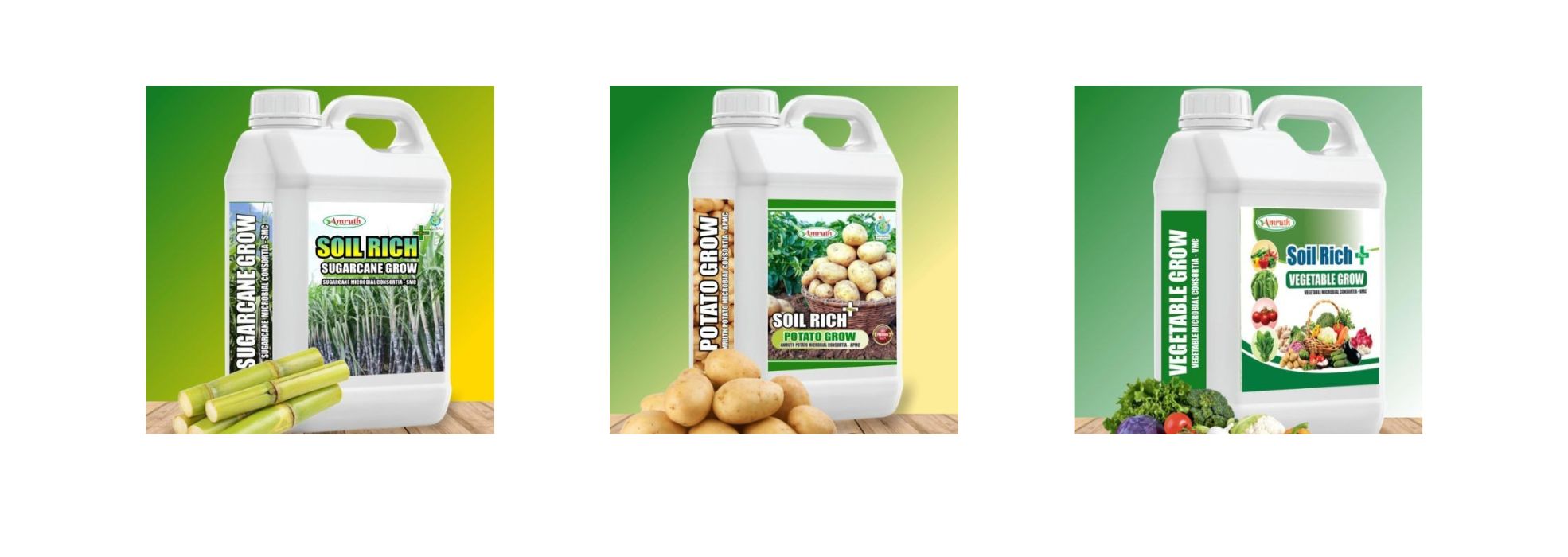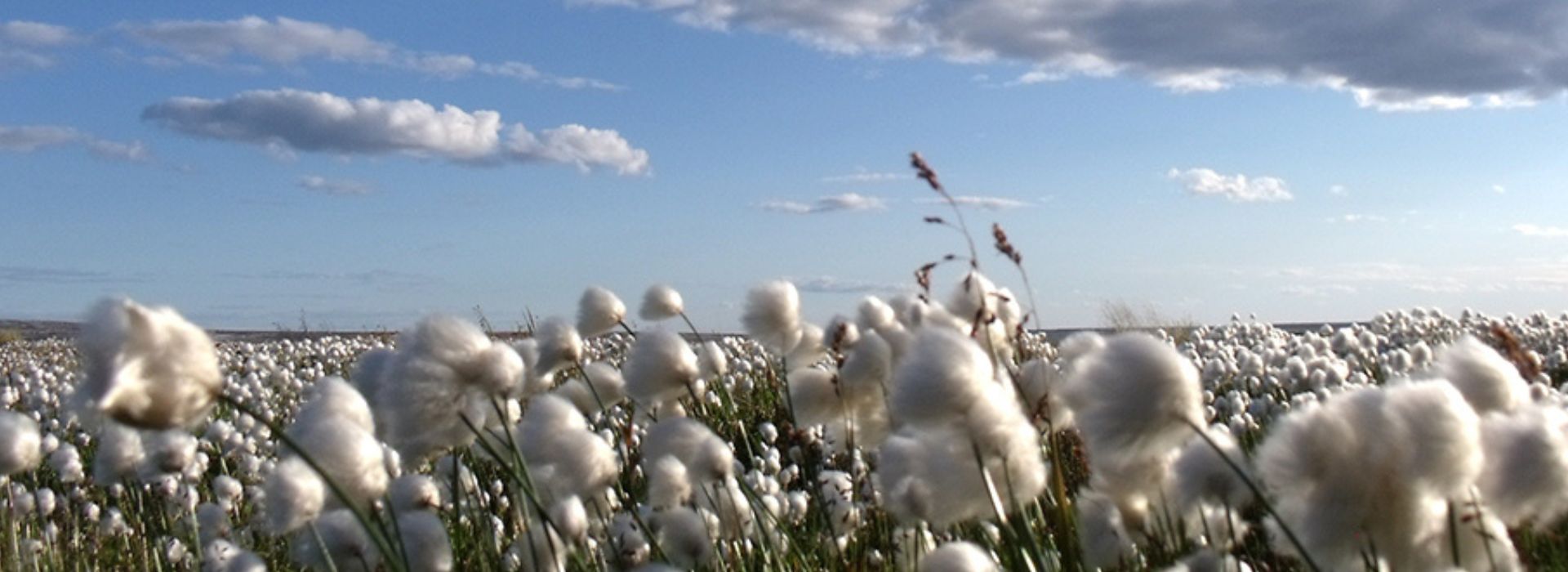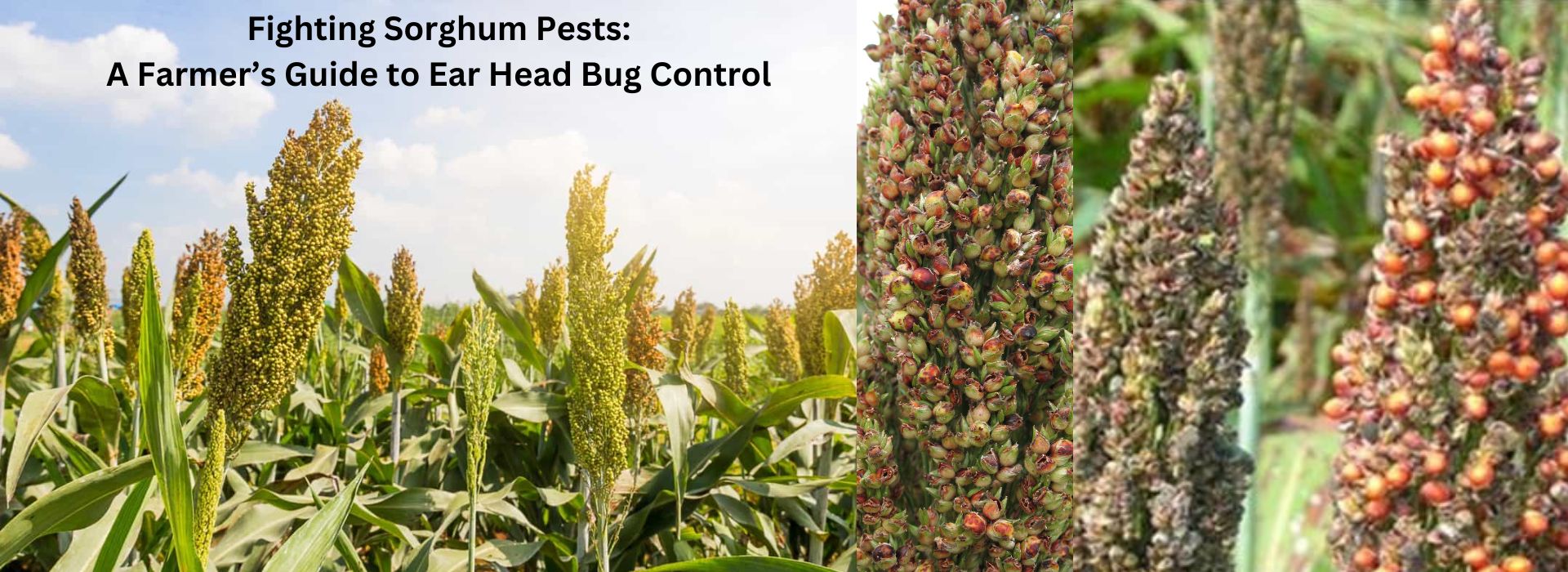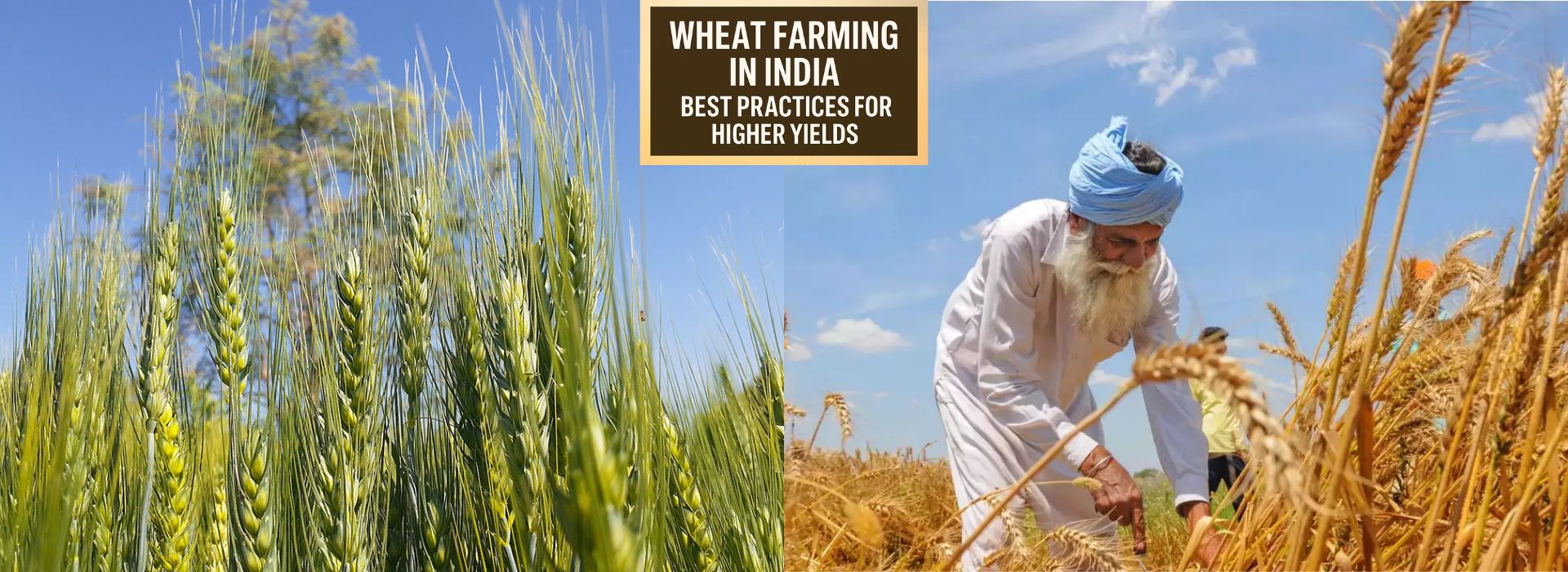Cultivating Success: How Crop Special Consortia are Revolutionizing Agriculture
June 10, 2024the ever-evolving landscape of agriculture, innovation is key to meeting the growing demands of a burgeoning global population. One of the most promising advancements in recent years is the development and implementation of Crop Special Consortia. These consortia represent a synergistic approach to agriculture, where specific combinations of crops are cultivated together to enhance yield, improve soil health, and promote sustainable farming practices. Let's delve into how these consortia are transforming agriculture and paving the way for a greener future.
Click Here for Best Quality CropSpecial Consortia
Understanding Crop Special Consortia
At its core, a Crop Special Consortium
is a strategic alliance of different plant species grown together in a way that
benefits each member of the consortium. Unlike traditional monoculture systems,
which focus on a single crop, consortia leverage the natural interactions
between plants to create a more resilient and productive agricultural
ecosystem.
The Science Behind the Synergy
The success of Crop Special Consortia
lies in the complementary characteristics of the plants involved. Here are a
few ways in which these interactions create a thriving agricultural
environment:
Nutrient Sharing and Soil Health:
Different crops have varying nutrient
requirements and uptake patterns. For instance, legumes are known for their
ability to fix atmospheric nitrogen into the soil, enriching it for neighboring
plants. When combined with crops that have high nitrogen demands, such as
cereals, the overall nutrient efficiency is enhanced, reducing the need for
synthetic fertilizers.
Pest and Disease Management:
Diverse plant communities can disrupt
the life cycles of pests and diseases. Certain plants release natural compounds
that repel pests or attract beneficial insects that prey on harmful species.
This biological control reduces the reliance on chemical pesticides, promoting
a healthier ecosystem.
Microclimate Regulation:
The physical structure of different
plants can create microclimates within the crop field. Taller plants can
provide shade and reduce wind speeds, creating a more favorable environment for
smaller, more delicate species. This can lead to improved water retention and
reduced evaporation rates, making the system more resilient to climatic stress.
Examples of Successful Crop Consortia
Three Sisters:
One of the oldest and most well-known
examples of crop consortia is the "Three Sisters" used by Native
American cultures. This system involves growing maize, beans, and squash
together. The maize provides a trellis for the beans, the beans fix nitrogen in
the soil, and the squash spreads along the ground, suppressing weeds and
retaining soil moisture.
Rice-Fish Farming:
In many parts of Asia, farmers
integrate rice paddies with fish farming. The fish help control weeds and
pests, while their waste provides nutrients for the rice plants. This symbiotic
relationship boosts overall productivity and sustainability.
Benefits of Crop Special Consortia
Increased Yields:
By optimizing the use of resources
such as light, water, and nutrients, consortia can lead to higher overall
yields compared to monoculture systems.
Environmental Sustainability:
Reduced dependency on chemical inputs,
enhanced soil health, and improved biodiversity contribute to a more
sustainable agricultural practice.
Economic Resilience:
Diversified cropping systems can
reduce the risk of total crop failure due to pests, diseases, or adverse
weather conditions, providing a more stable income for farmers.
Adaptation to Climate Change:
The resilience built into these
systems makes them better suited to withstand the challenges posed by climate
change, such as unpredictable weather patterns and resource scarcity.
Challenges and Future Directions
While the benefits of Crop Special Consortia are clear, there are challenges to their widespread adoption. These
include the need for more research to identify the most effective plant
combinations, farmer education and training, and initial investments in
altering traditional farming practices.
Moving forward, collaboration between
scientists, farmers, and policymakers will be crucial in overcoming these
challenges. Continued research and field trials will help refine consortium
designs, while education and support programs can aid farmers in transitioning
to these innovative systems.
Conclusion
Crop Special Consortia represents a
paradigm shift in agriculture, moving away from single-crop dependency towards
a more integrated and sustainable approach. By harnessing the natural synergies
between plants, these consortia offer a promising path to increased
productivity, environmental health, and resilience in the face of global
challenges. As we continue to explore and refine these systems, the future of
agriculture looks brighter and more sustainable than ever
At krishibazaar.in, you can find and buy various agricultural
products. For agricultural guidance on selecting the most suitable products for
your crops, please contact or WhatsApp at +917887880887






Guest reviews
No reviews found for this Blog